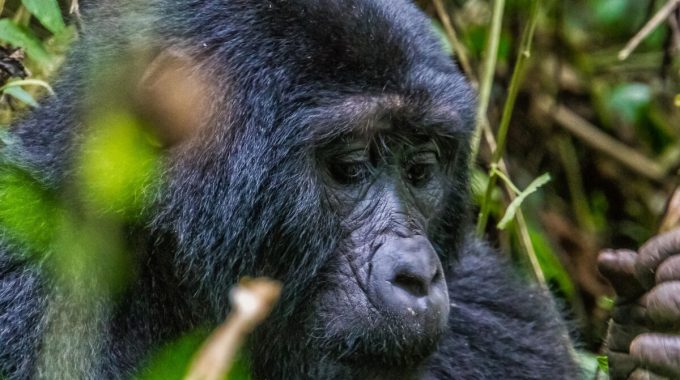What are the sectors of Bwindi Impenetrable National Park? Bwindi Impenetrable National Park in Uganda…
What is the elevation of Buhoma?
What is the elevation of Buhoma? Buhoma, located in the northern section of Bwindi Impenetrable National Park, is situated at an elevation of approximately 1,160 meters (3,810 feet) above sea level. However, this figure can slightly vary depending on the specific part of the village or surrounding area within the park, as the terrain in this region is quite rugged and variable.

Detailed Elevation Context:
- Buhoma’s elevation is within the lower range of the park’s elevation gradient. The park itself ranges from about 1,160 meters (3,810 feet) at Buhoma to over 2,500 meters (8,200 feet) in its higher regions, such as along the Rugaro Ridge and other peaks.
- The park’s landscape is characterized by steep slopes and deep valleys, and the varying altitudes result in a wide range of ecosystems. Buhoma sits at the base of a valley, with the surrounding area rising towards the mountainous parts of the park, where the higher altitudes create different environmental conditions.
- The difference in elevation contributes to climate variations within the park, with areas at higher elevations experiencing cooler and more temperate conditions, which is a significant factor in the biodiversity of the area. These differences also affect the difficulty of trekking in the park, with gorilla trekking generally being more challenging in the higher, more rugged terrain.
Terrain and Trekking Impact:
- Buhoma’s relatively lower elevation is still considered challenging for gorilla trekking due to the dense forest and steep terrain, but it’s generally less strenuous than some of the other trekking routes at higher elevations within Bwindi. The altitude also plays a role in the flora and fauna around Buhoma, as it’s part of the montane forest ecosystem.
In summary, Buhoma’s elevation of about 1,160 meters (3,810 feet) places it in the lower-altitude zone of Bwindi Impenetrable National Park, providing access to some of the most famous gorilla trekking routes in the park, while the surrounding landscape includes higher ridges and peaks.



